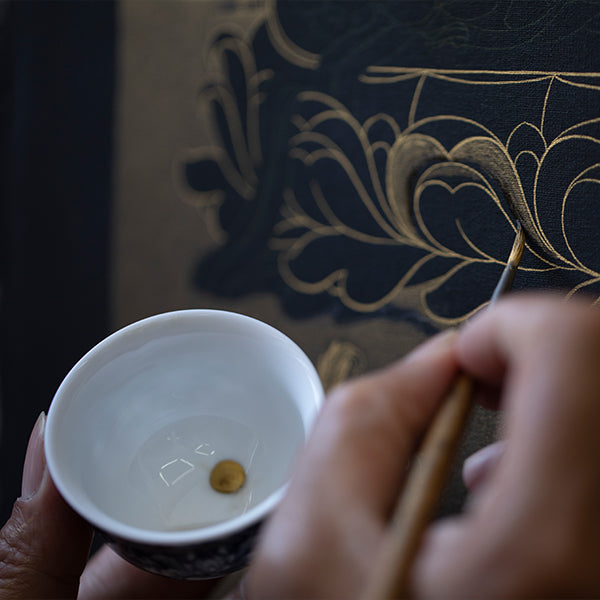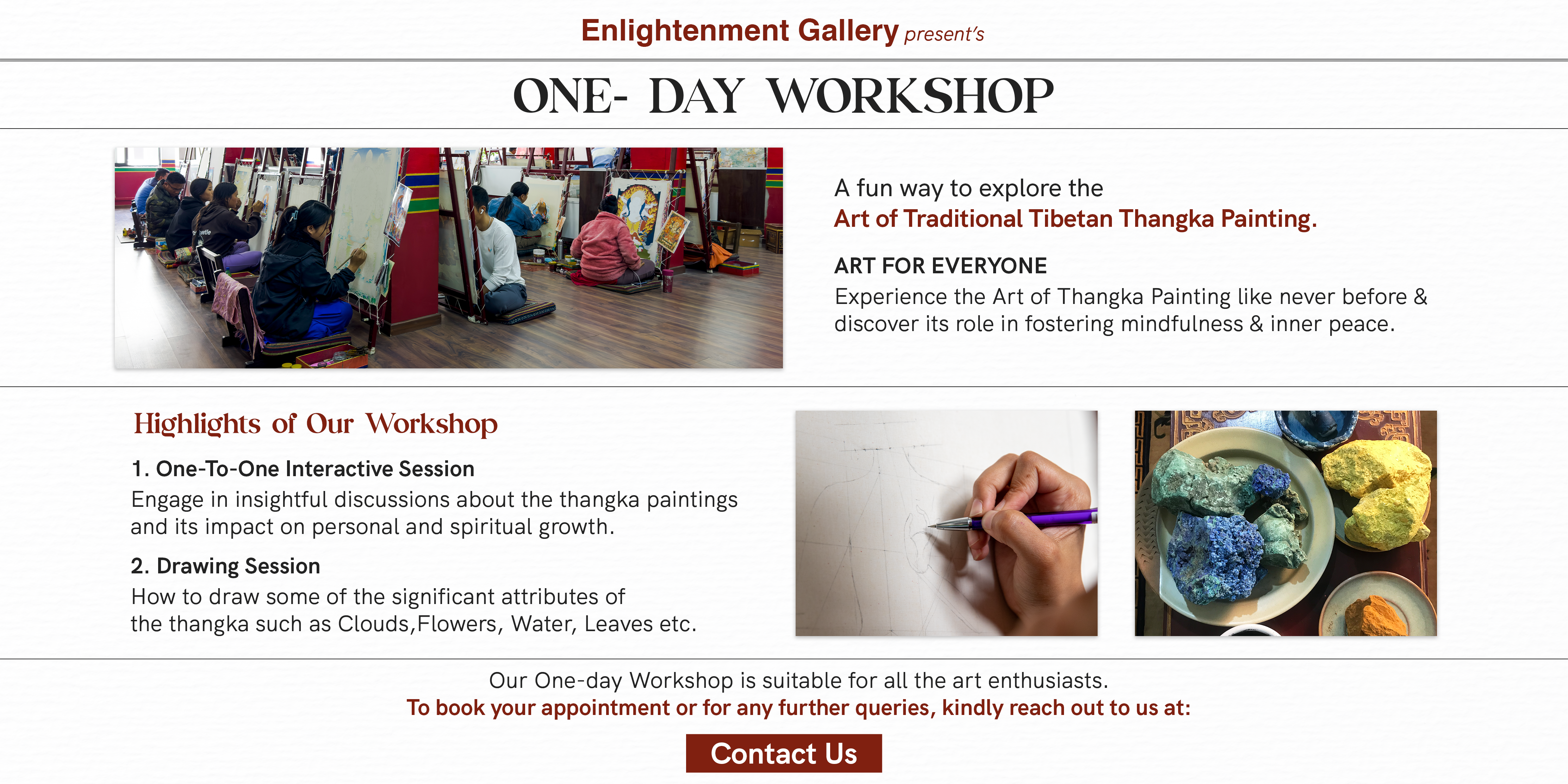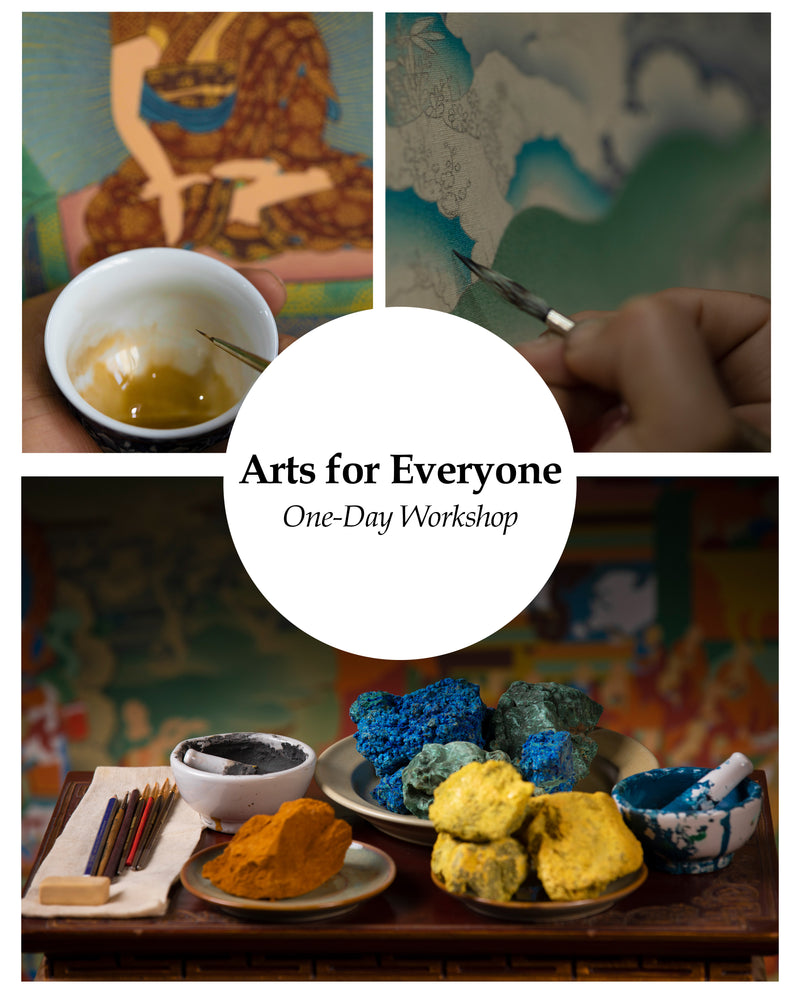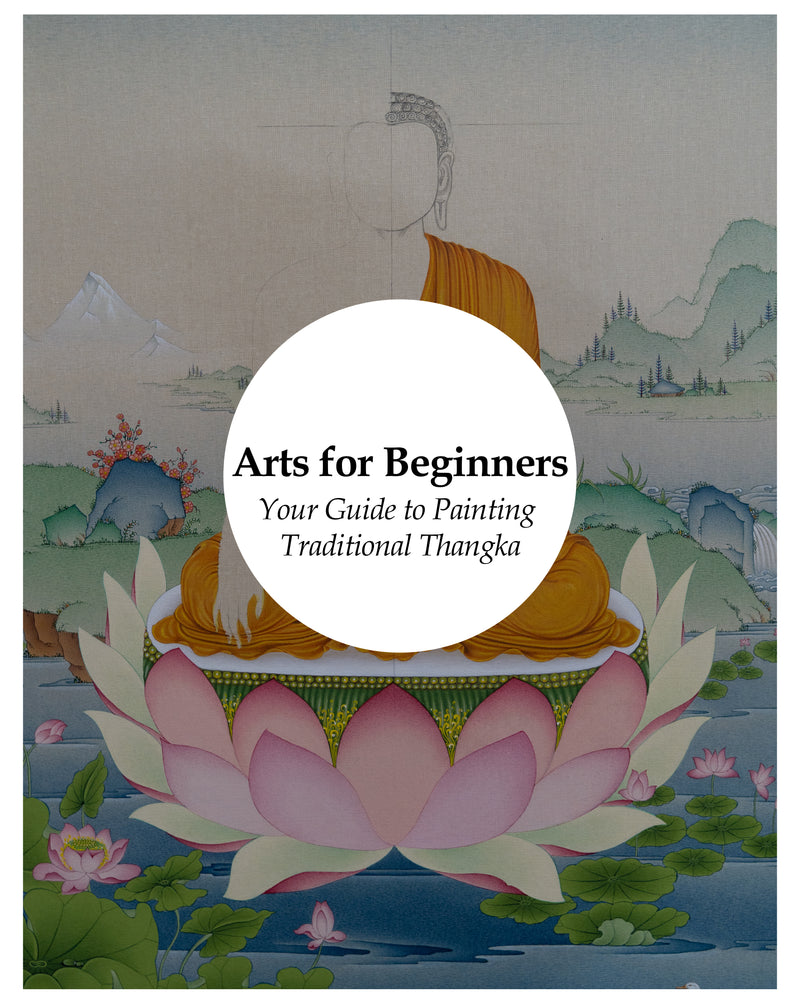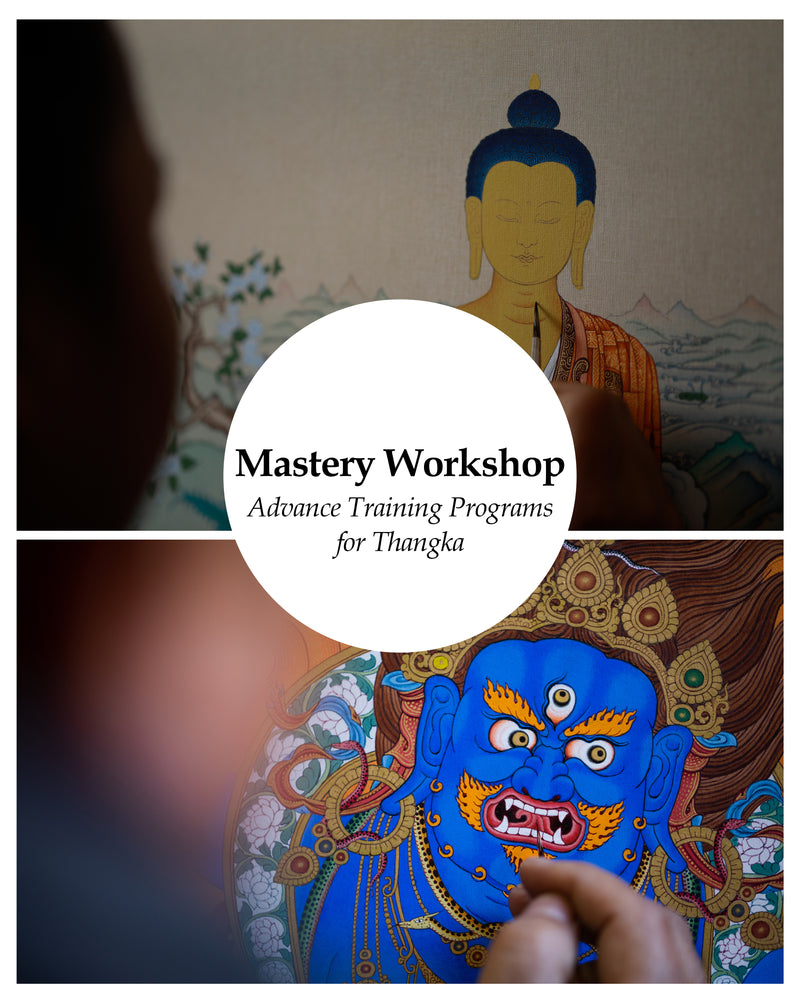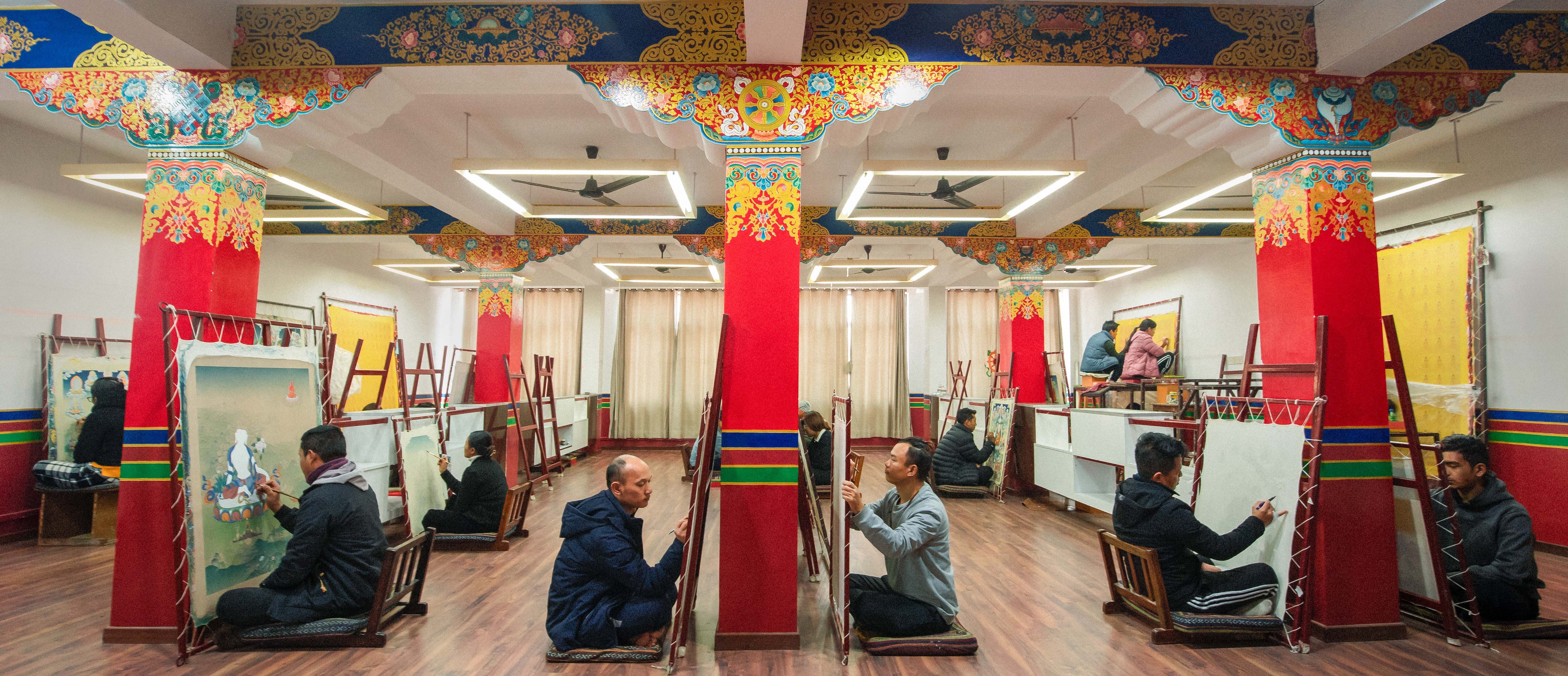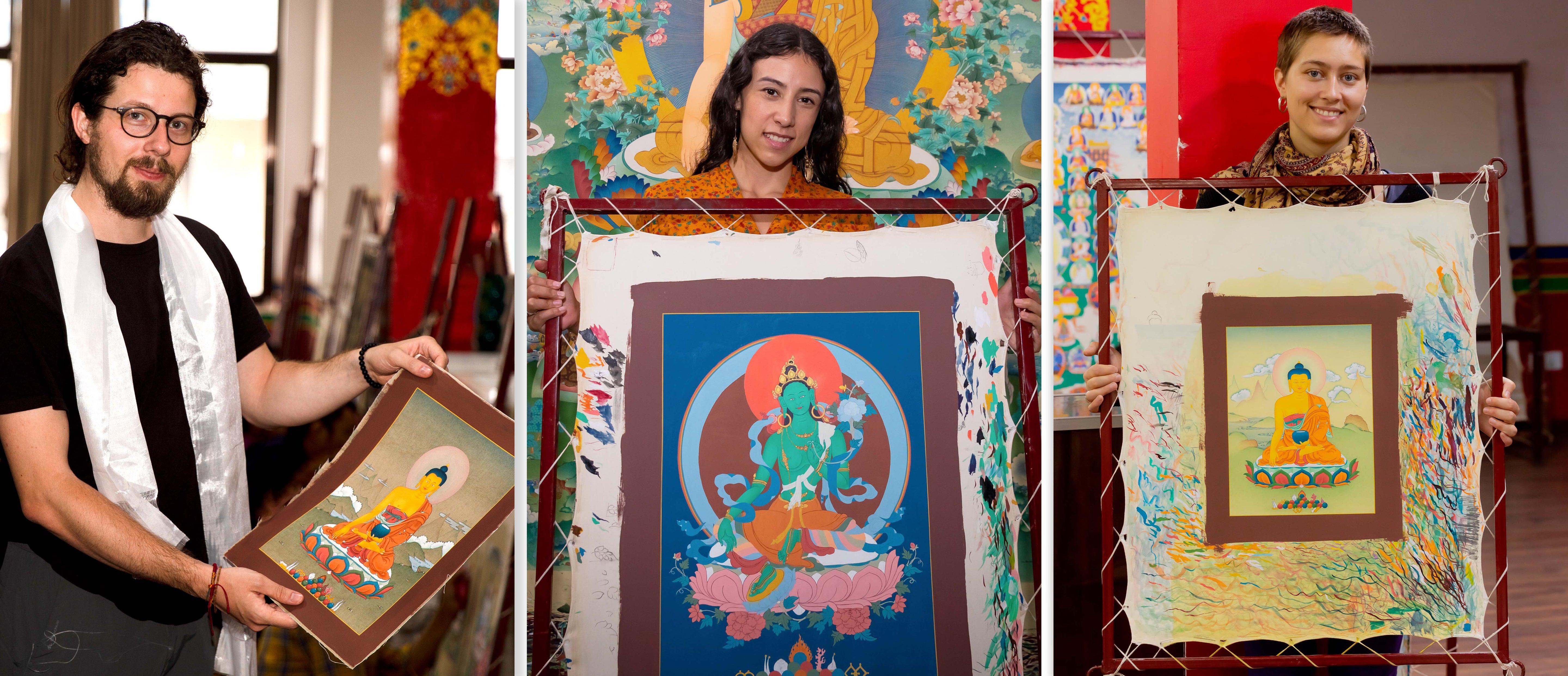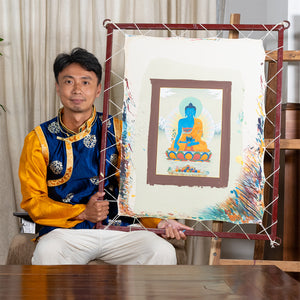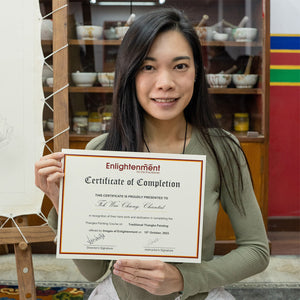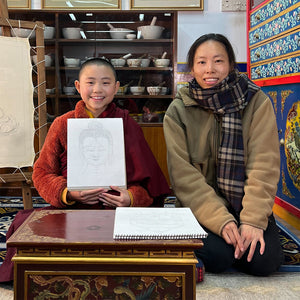Enlightenment Thangka Courses
Dive into the world of Thangka painting with our immersive courses!Here, you'll embark on a unique artistic adventure guided by our skilled Masters. Whether you're a beginner or seasoned artist or a art Lover, you'll explore the unseen sides of Traditional Thangka Paintings. Uncover your hidden talents, and paint beautiful Thangka for your spiritual journey. Our specially tailored courses are perfect for fostering your creativity. Join us, and let your artistic journey begin!
Your learning Journey Starts Here!
Learnings
- Introduction/Process of making Thangka (About Thangka and Canvas Making).
- Measurement (Canvas Size/Deity Size).
- Scenery (Background of the Thangka).
- Shading (Sky, land, rivers).
- Coloring (Deity Coloring, Pema; flowers, color composition, mixing and color tone).
- Deity Measurement after coloring (Kunche/Che, Body shaping, outlining, robes, jewels).
- Gold Work (Adds aesthetic value to the thangka paintings).
- Final Face & Eye Opening.
Outlinning: A Distinctive Technique
This unique technique to outline every single details in thangka requires countless practice and dedication. A steady hand and a deep understanding of the forms and symbols are the keys to master this skill. Even the smallest component of the composition needs to be outlined.
- It brings sharpness to your thangka painting by adding the contrasting effect between the subject and the background.They enhance the beauty and intricacy of the composition, making the painting more captivating and engaging.
- Brings a clear and precise structural definition to every detail.
Buddha Body: Accurate Iconograghy
Unlike other form of art, a thangka painter must follow the respective set of instructions in terms of body measurements, colors, attributes and so on.
Accurate depictions help to focus on the correct aspects of the deities and teachings, facilitating proper spiritual practice and internalization of the teachings.
Misrepresentations can be seen as disrespectful, and undermining the sacred nature of the Thangka.
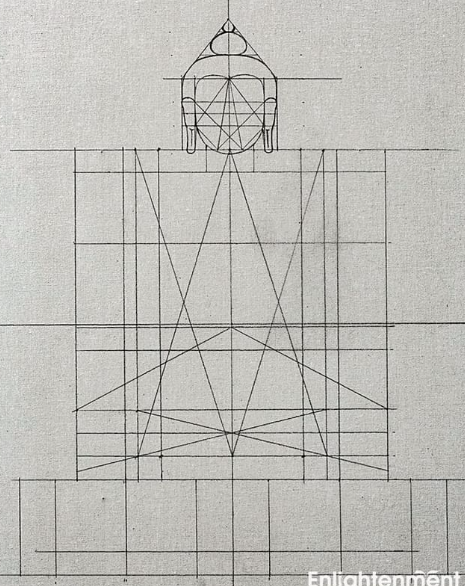
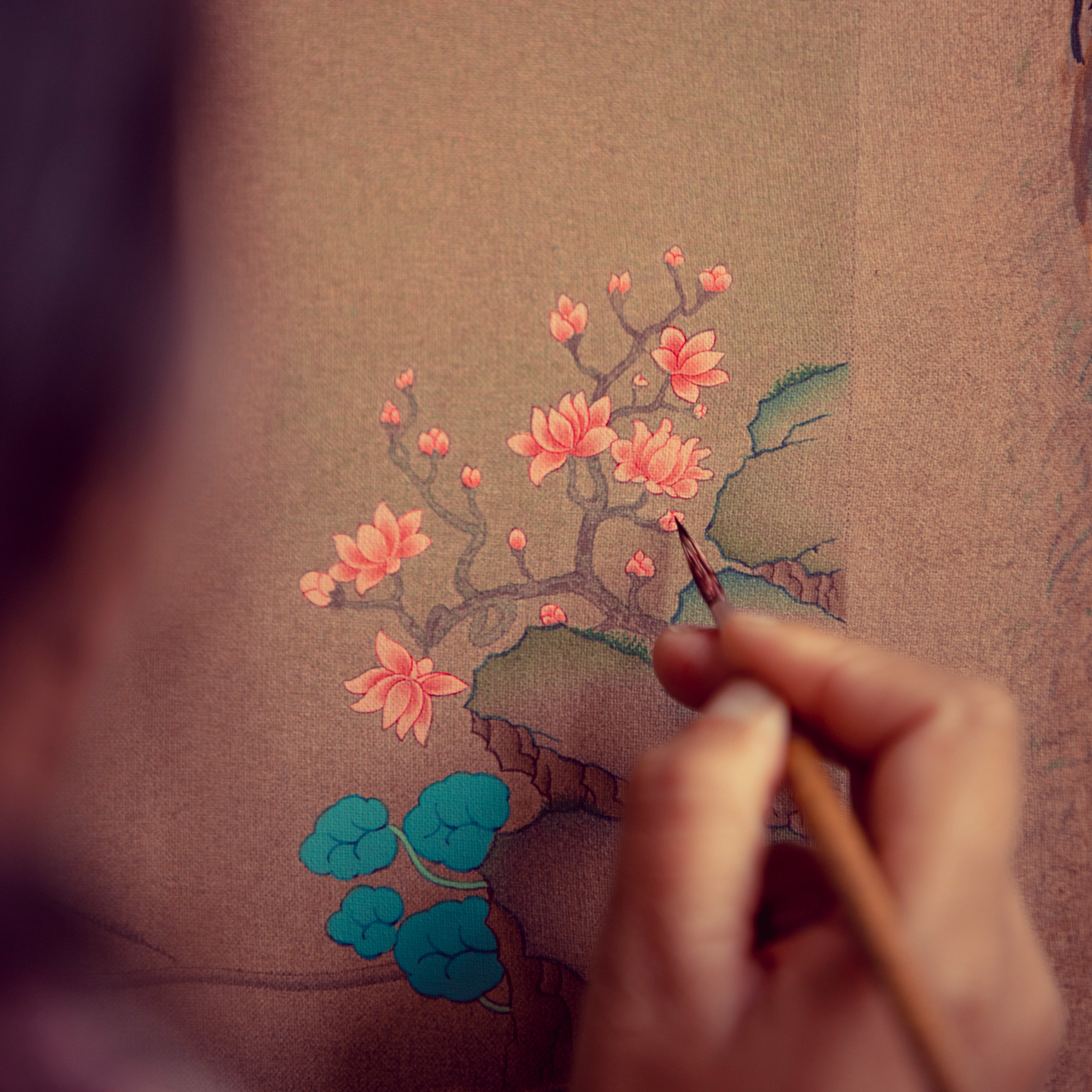
Composition of the Background
After placing the deity/deities in the right position in the thangka, composing a suitable background is another chanllenging task to master.
The concept of the background needs to compliment the majestic aura of the deity.
For instance:Wrathful deities and peaceful deities must be portrayed in different backgrounds.
Shading & Color Grading
The crucial part of a thangka painting is to choose the right color to paint and shade the deity that adds life to them.
- Coloring: It helps the student to learn the right method to choose the color for the deity
- Shading: Adds depth to the thangka painting
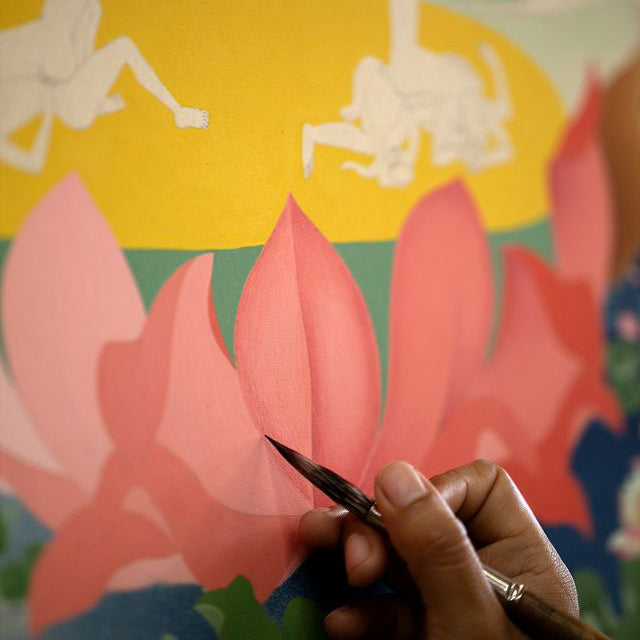
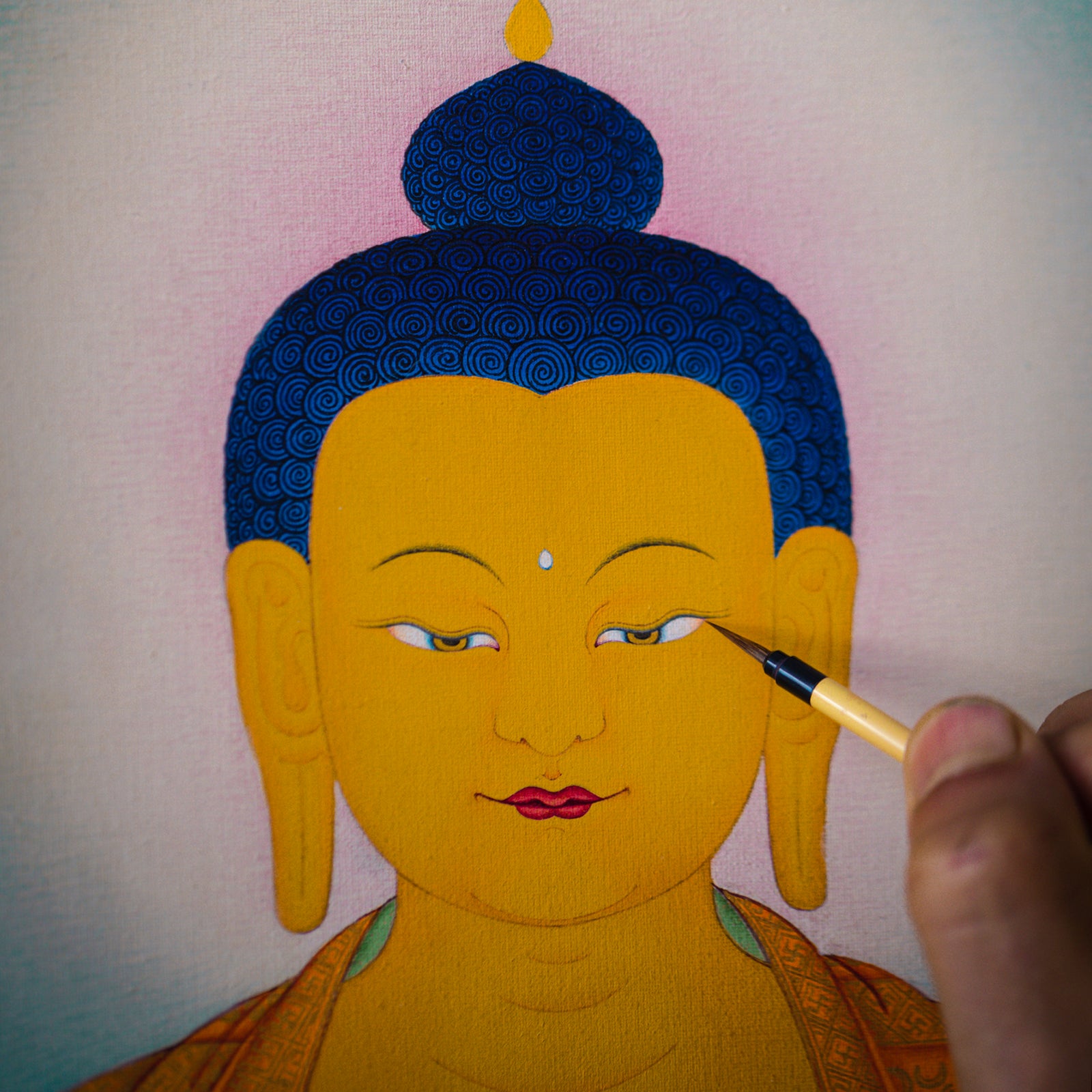
Eye-Opening of the Deity (CHENZE)
This is the most crucial and highly revered skill in thangka painting, profoundly known for bringing the deities to life.
- Drawing the eyes requires exceptional precision and steadiness. Both eyes must be symmetrical and perfectly aligned to give the deity a lifelike appearance.
- Each stroke is deliberate and mindful, reflecting the artist’s devotion to the thangka.
24K Gold Details
The application of pure 24K Gold in thangka painting holds both the aesthetic and spiritual value.
The luminous quality of the Gold that is reflected in thangka provides the lustrous shine to the thangka. It does not tarnish or fade over time and ensures that the Thangka retains its beauty and vibrancy for centuries, preserving the artwork for future generations.
The use of Gold in thangka also adds the spiritual value as this profoundly represents the precious offerings to the THREE JEWELS: BUDDHA, DHARMA & SANGHA.
